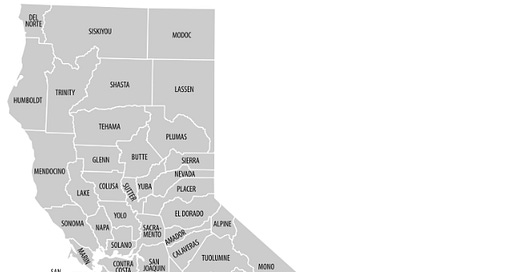The California Department of Public Health (CDPH) reports today on two confirmed human cases of H5 bird flu in Central Valley individuals who had contact with infected dairy cattle.
These are the first human cases of H5 in California, where H5N1 outbreaks among dairy herds were first reported in August 2024.
There is no known link or contact between the two cases, suggesting only animal-to-human spread of the virus in California. The two individuals experienced mild symptoms, including conjunctivitis (eye symptoms), and neither reported respiratory symptoms, nor was hospitalized.
Including this most recent case, 16 human cases of H5 have been reported in the United States during 2024, bringing the total to 17 cases since 2022. Cases during 2024 have been reported in Texas (1), Michigan (2), Colorado (10), Missouri (1) and California (2). Six of the 16 reported human cases have been linked to exposure to sick or infected dairy cows. Nine cases had exposure to infected poultry. The source of infection for the one case in Missouri has not been determined.
People exposed to infected animals should monitor for the following symptoms for 10 days after their last exposure: eye redness (conjunctivitis), cough, sore throat, runny or stuffy nose, diarrhea, vomiting, muscle or body aches, headaches, fatigue, trouble breathing, and fever. If they start to feel sick, they should immediately isolate, notify their local public health department, and work with public health and health care providers to get timely testing and treatment.
Subscribe to Outbreak News TV on YouTube
CDPH recommends that all Californians — especially workers at risk for exposure to bird flu — receive a seasonal flu vaccine. Although the seasonal flu vaccine will not protect against bird flu, it can decrease the risk of being infected with both viruses at the same time and reduce the chance of severe illness from seasonal flu.





